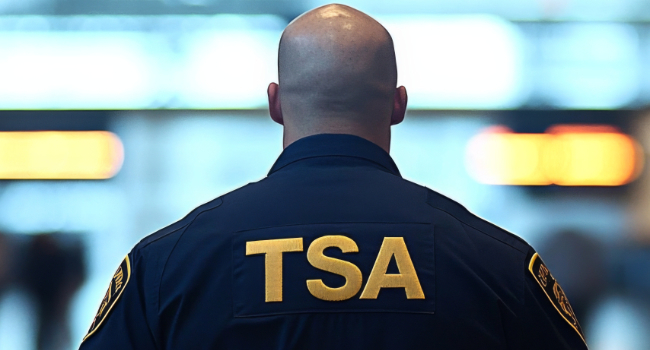
TSA Begins REAL ID Full Enforcement Today
Today, the Transportation Security Administration (TSA) announced the imminent implementation of its REAL ID enforcement measures at TSA checkpoints nationwide.
“Secretary Noem and the Trump administration are enforcing the 2005 REAL ID Act and regulations on May 7, as directed by Congress and the American people,” said Adam Stahl, TSA Senior Official Performing the Duties of the Administrator. “The Real ID requirement bolsters safety by making fraudulent IDs harder to forge, thwarting criminals and terrorists. TSA will implement REAL ID effectively and efficiently, continuing to ensure the safety and security of passengers while also working to minimize operational disruptions at airports.”
On May 7, TSA will no longer accept state-issued identifications that are not REAL ID compliant at TSA security checkpoints. All airline passengers 18 years and older, including TSA PreCheck® members, must present REAL ID-compliant identification or another acceptable ID, such as a passport, at TSA security checkpoints. Noncitizens illegally present in the U.S. who are voluntarily self-deporting on international flights will not be denied boarding under this requirement.
Passengers who present a state-issued identification that is not REAL ID compliant and who do not have another acceptable alternative (e.g., passport) can expect to face delays, additional screening and the possibility of not being permitted into the security checkpoint.
Currently, 81% of travelers at TSA checkpoints present an acceptable identification including a state-issued REAL ID. TSA expects the number of passengers obtaining REAL IDs to steadily increase and will continue with additional screening measures for those without a REAL ID until it is no longer considered a security vulnerability.
More information on REAL ID can be found at this link TSA.gov/real-id.